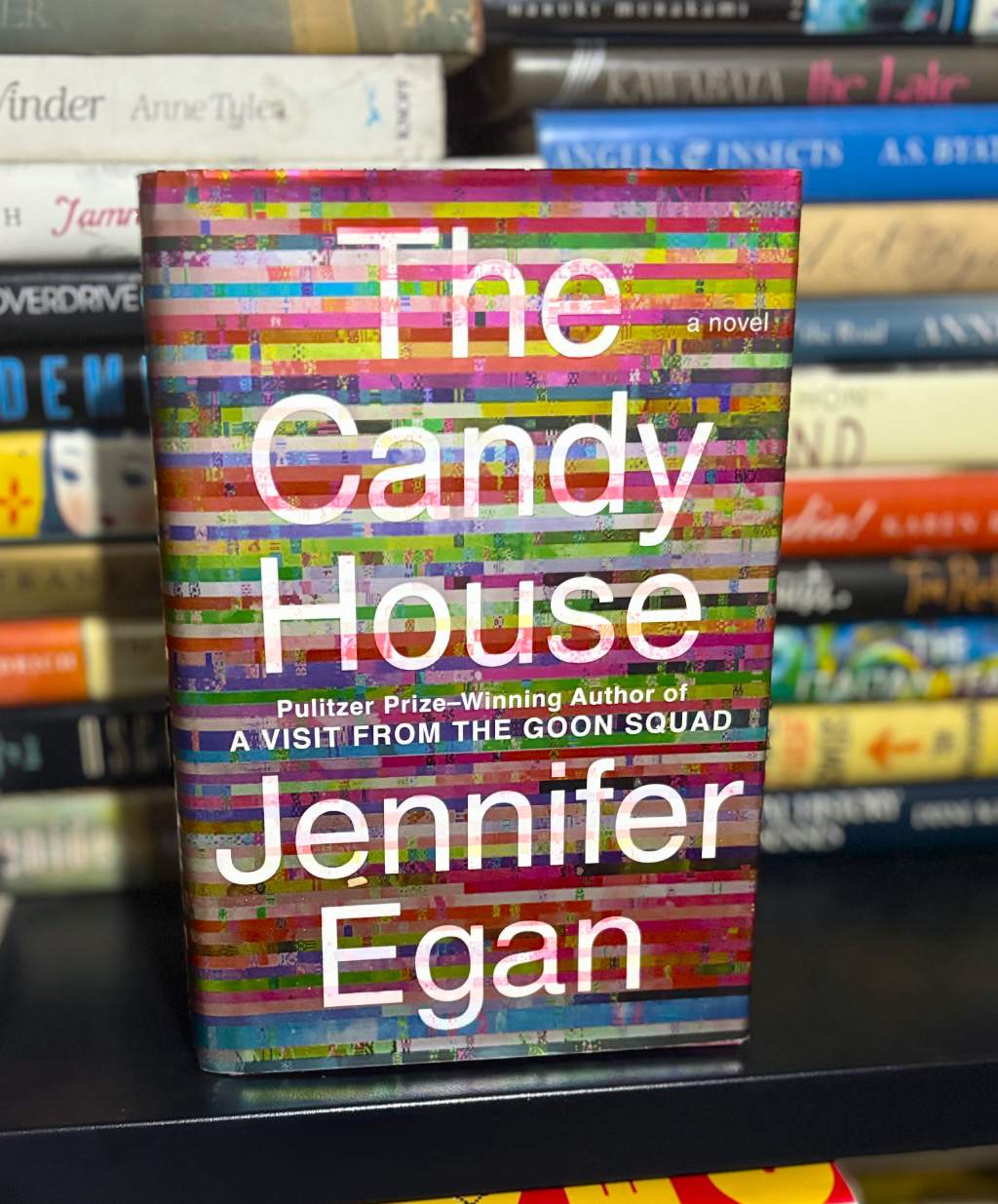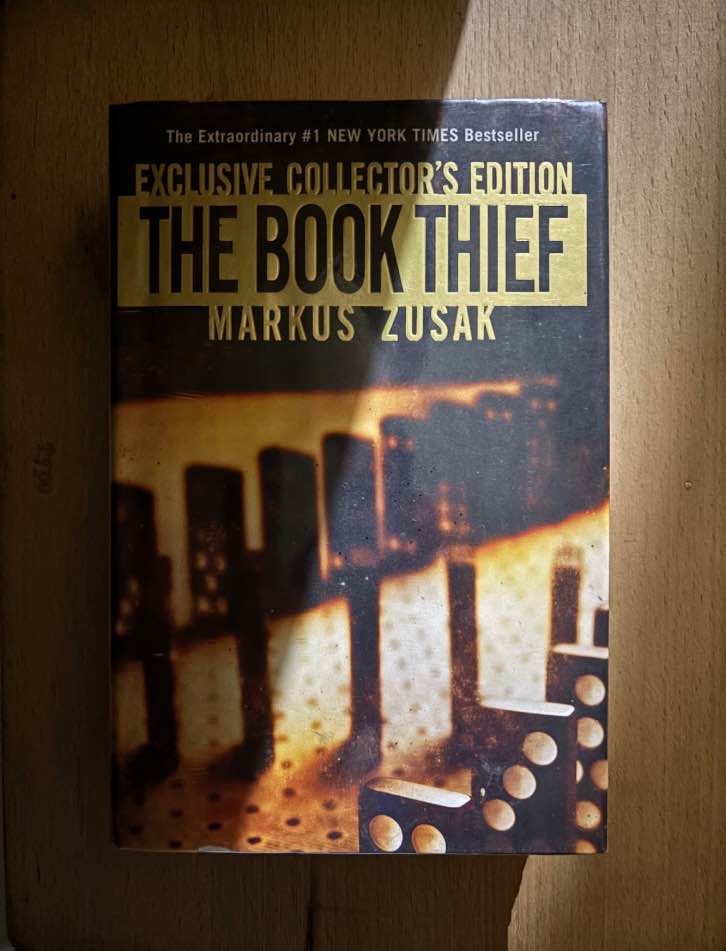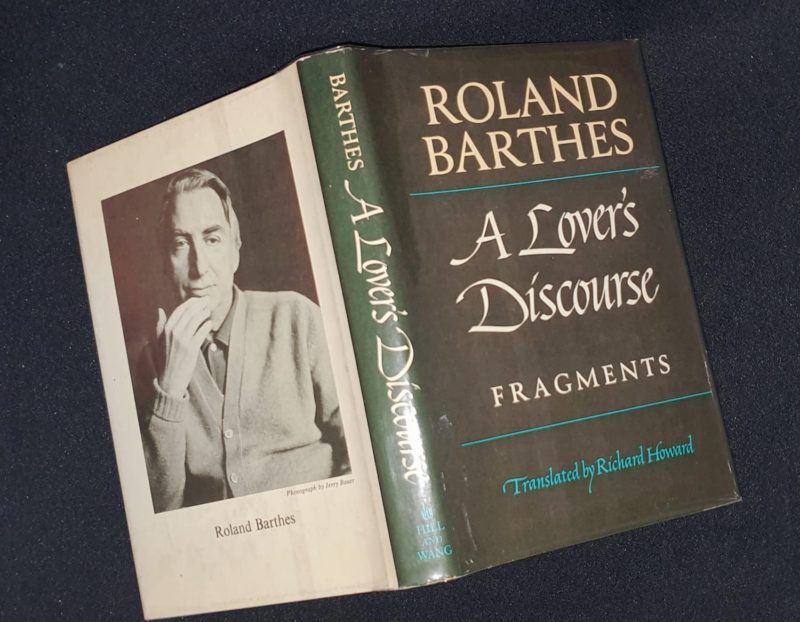The Candy House (2022) by Jennifer Egan stands in the aftermath of A Visit from the Goon Squad (2010), yet it shirks the structural dependencies that define traditional sequels. Characters reappear, timelines stretch forward, and storylines intertwine, but the book demands being read on its own terms.
This independence stems from its architecture: a latticework of fragments, voices, and conceptual pivots. The book inhabits the margins of speculative fiction while grounding its inquiry in personal memory, identity, and the seduction of technological omniscience. What Egan constructs is neither a continuation nor a reinvention but an echo chamber where past, present, and future compete for narrative primacy.
From A Visit from the Goon Squad to The Candy House
The Candy House moves beyond the music-driven, culturally splintered world of A Visit from the Goon Squad and turns its gaze toward data, consciousness, and the monetization of thought. Characters such as Bix Bouton, Lulu, Lincoln, and Alfred reappear, yet their presence does not simply extend earlier plotlines. Each renewed focus opens a fresh line of inquiry informed by technological transformation, unstable memory, and the search for coherence in an age mediated by networks and code.
Egan’s transition between the two books is less a sequelist gesture than a structural transposition. Her method is rhizomatic: each character or thread sprouts laterally, refracting earlier context while taking on new thematic dimensions. The outcome is not a mirrored image, but rather a series of counterpoints.
Book Structure: A Collage of Consciousness
The structure of the book is modular and nonlinear, shifting rapidly between perspectives, formats, and timeframes. These formal disruptions reflect the book’s philosophical concern with memory, narrative instability, and digital permanence. Egan’s experiments in voice and structure turn the novel into a mosaic of thought and feeling, where consciousness becomes the central narrative terrain.
The Power of Nonlinear Storytelling
Time in The Candy House expands, splinters, and rewinds. The book abandons linear progression in favor of simultaneity and repeating patterns. Chapters unfold across decades and jump between generations, but they do so with precision, not confusion. This choice to avoid a fixed chronological anchor intensifies the novel’s central exploration of memory and digital preservation. If every moment is always retrievable, then sequence loses its power. Egan uses this formal gesture to echo her critique of memory technologies.
The structural fragmentation recalls the compositional techniques of writers like Ali Smith in How to Be Both (2014), where form follows conceptual intent. Egan, however, restrains her experimentalism with discipline. No chapter feels gratuitously disordered. Each deviation in structure reflects the psychological divides at the heart of the book’s subject matter.
Rotating Perspectives and Experiments in Form
The book switches between first-person, close third-person, and epistolary formats. One chapter is written as a spy mission report, another in terse tweet-like statements. The narrative form often reflects the character’s psychological state or professional milieu. These shifts do not simply embellish the novel but reveal the multiplicity of voices that form the larger meshwork of experience.
In using these techniques, The Candy House builds upon those found in Egan’s earlier work, further expanding their range and stakes. These variations are not simply ornamental flourishes to the book but function as epistemological modes, as ways of knowing the self and others in an age of radical digital transparency.
Themes: Memory, Surveillance, and Identity
At the center of The Candy House is “Own Your Unconscious,” a speculative technology that turns memory into sharable data. Egan uses this device to explore how privacy disintegrates when inner life becomes publicly accessible. Identity no longer emerges through reflection or experience but through digital traceability, determined by what can be seen, stored, and retrieved. These tensions play out through characters navigating a world where personal history is no longer private property.
The Promise and Peril of Total Transparency
“Own Your Unconscious” promises a kind of perfect intimacy—access to every thought, memory, and feeling, one’s own and others’. But this vision of openness gives way to exposure. Once participation becomes normalized, opting out signals suspicion. What begins as connection turns into surveillance, where every remembered moment can be dissected, consumed, or commodified. The result is a culture where nothing stays hidden, and nothing is truly one’s own.
The book’s speculative premise feels strikingly relevant. It examines the desire to be seen, fully and perpetually, by both ourselves and others. Social media, surveillance capitalism, and cloud-based memory archives form the thematic backdrop, even when unnamed.
Algorithmic Selfhood and the Market for Authenticity
Characters in the book struggle to define their identities within a culture driven by data optimization. A job-seeking artist must tailor her persona to algorithmic taste. A public figure curates her inner life for strategic gain. These predicaments further develop the theme of commodified interiority: once experience becomes shareable, it becomes brandable.
This market logic transforms private expression into currency. It echoes the same thematic concerns of novels such as Patricia Lockwood’s No One Is Talking About This (2021), which captures a similarly vertiginous self-awareness conditioned by online life. Egan’s contribution, however, is less absurdist and more intricately systematized.
Memory Externalized: The Cost of Perfect Recall
The fantasy of perfect memory, once the stuff of science fiction, becomes a burden in Egan’s world. Traumatic events loop endlessly. Former lovers, deceased parents, and moral failures resurface with brutal clarity. As characters submit their consciousness for archival, they also relinquish the right to forget.
In dramatizing the hazards of recall, The Candy House engages with a literary tradition of ambivalence toward memory. However, unlike Proust’s involuntary recollection or Sebald’s melancholic excavation, Egan’s version is outsourced, commodified, and mechanically retrievable.
The Candy House Novel as Speculative Fiction
Egan’s speculative vision avoids distant projections and remains rooted in present conditions. She amplifies technologies already in circulation, such as surveillance, digital memory archiving, and algorithmic profiling, then integrates them into ordinary life. The book’s fictional system mirrors what is already materializing and reveals how data begins to govern intimacy, autonomy, and even the patterns of our thinking. Its familiarity is what makes it so disquieting.
Fictional Technology and Real-World Parallels
While The Candy House qualifies as speculative fiction, it wears the genre lightly. There are no distant planets or dystopian ruins. The speculative element lies in its plausibility. “Own Your Unconscious” is a cognitive extension of the cloud, a projection of our current trajectories in data storage, neuro-mapping, and immersive interfaces.
Egan avoids the vocabulary of science fiction but retains its philosophical infrastructure. What would happen if the mind were searchable? If memory were exportable? These questions underlie the book’s ethical tensions and emotional stakes.
The Ethics of Collective Consciousness
The novel explores how shared consciousness alters the dynamics of power, replacing overt control with more diffuse forms of influence. Uploading one’s mental archives is framed as voluntary, but the pressures surrounding that decision strip it of neutrality. Surveillance becomes ambient, and choice, conditional.
Characters encounter the dilemma of inherited transparency: children accessing their parents’ memories, spouses rifling through each other’s psychological histories. The novel suggests that the erosion of mental boundaries may produce solidarity, but it also courts privacy violation.
Character Continuity and Divergence
Characters from A Visit from the Goon Squad appear again in The Candy House. Their presence does not serve to extend their original storylines. Instead, Egan uses these familiar figures to investigate how identity transforms under new social and technological forces. She presents them as new iterations of themselves, molded by their changed environment. This recurring presence demonstrates how the past persists, continuously reinterpreted through contemporary pressures and revised priorities.
Bix Bouton: Tech Prophet or Cultural Opportunist?
Bix, the inventor of “Own Your Unconscious,” emerges as a paradox. He is both idealist and entrepreneur, futurist and profiteer. His chapter, written in a blend of visionary excitement and philosophical fatigue, positions him as a figure of ambiguous legacy. He yearns for communion but engineers commodification. His character refracts the dual impulses behind innovation: the pursuit of connection and the lure of control.
From Lou to Lincoln: The Echo of Emotional Inheritance
One of the more quietly devastating continuities in the novel is that of Lou, a womanizer in Goon Squad, whose children in The Candy House wrestle with their inherited emotional gaps. Lincoln, on the spectrum, creates mathematical models for emotional truth. His search for a logical pattern within his father’s disordered life becomes an allegory for the novel’s own structure: an effort to find a clarifying arrangement without imposing an endpoint.
Literary Significance
Formally intricate and conceptually exacting, The Candy House draws on postmodern technique without relying on distance or irony. Its nonlinear design mirrors a reality organized by data and new forms of relation, while its control and clarity signal a novel attuned to contemporary forms of consciousness. Egan builds upon her past formal experiments, molding them to address a society increasingly mediated by its own inventions.
A Postmodern Novel in a Post-Postmodern Age
The Candy House participates in postmodern techniques—nonlinear time, metafictional play, shifting identities—but without indulging in detachment. It retains emotional stakes, even when dismantling conventional narrative forms. Egan’s work carries on the legacy of writers such as David Mitchell and Jennifer Tseng, whose attention to human contradiction balances their structural experiments.
Egan’s work confronts the conditions of the post-digital era, where the distinction between immediate perception and archived information grows increasingly faint. The Candy House operates as both a literary construct and a cultural mirror, informed by the legacy of experimental fiction and the relentless organization of human activity through systems of data.
The Literary Lineage of Egan’s Experiment
If The Candy House descends from any particular literary ancestry, it might be the disjointed, polyphonic, and morally searching novels that emerged from the late twentieth century. Yet its closest cousin may not be a single book but a hybrid tradition: part speculative fable, part realist tableau, and part autofictional mirage.
Egan’s stylistic precision prevents the novel from becoming diffuse. Even its most experimental chapters retain clarity. Each voice, each mode, is deliberate. There is no indulgence in chaos for its own sake.
Reception and Critical Response
Critical response to The Candy House balanced admiration with unease. Its structural ambition and conceptual reach were widely acknowledged, though some questioned its emotional cohesion. The divided reception underscores the novel’s commitment to complexity over interpretive ease. It remains a demanding work, structured around tension rather than narrative containment, and firmly situated within the evolving form of serious fiction.
The Candy House in Contemporary Fiction
Upon its release,the book received wide acclaim for its daring structure and intellectual ambition. Critics praised its interwoven perspectives, its meditations on consciousness, and its prescience in dramatizing the logic of contemporary tech culture. Others viewed its multiplicity as disorienting and its characters as fleeting. But the novel’s risk-taking stands out in a climate often dominated by conventional storytelling.
In its ambition and reach, The Candy House extends the possibilities of the novel form. It does not consolidate its argument into singular takeaways. Instead, it leaves behind a lattice of unfinished inquiries, modeled in fiction, yet animated by the unrelenting logic of real life.
Further Reading
The Candy House (novel) on Wikipedia
Joy Is Analog: On Jennifer Egan’s “The Candy House” by Grace Linden, Los Angeles Review of Books
Question about The Candy House by Jennifer Egan SPOILERS on Reddit
Excerpt: ‘The Candy House’ on Alta Online




